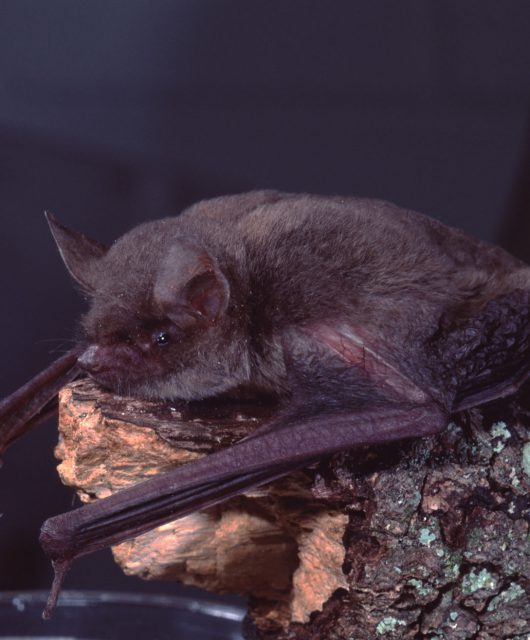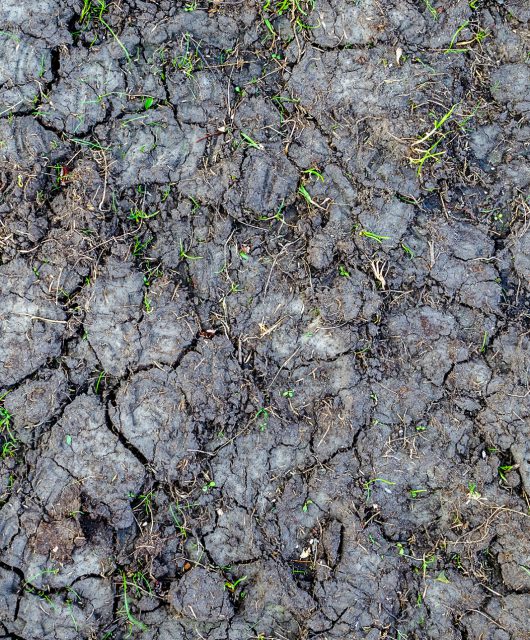This opinion piece first appeared in the Hill Times on March 28, 2024
Long before settlers arrived on Atlantic and Pacific shores, Indigenous people stewarded wildlife for diversity and abundance.
“Abundance” isn’t recognized as a recovery target under any current legislation; rather, most efforts to protect at-risk species consist of attempts to stop declines and maintain the status quo.
In Montreal in 2022, Canada committed to halt and reverse nature loss by 2030. The federal government is developing a National Biodiversity Strategy, due later this year, to outline how this commitment can be achieved.
Such a strategy is direly needed. Despite ongoing conservation efforts across the country, biodiversity continues to decline, and the number of species at risk of extinction continues to grow.
At-risk species are indicators of the degree to which lands and waters in Canada are managed to maintain healthy ecosystems. Habitat loss (think woodlots and wetlands converted to housing developments) and fragmentation (by roads and seismic lines that impact wildlife movement) are primary drivers of wildlife decline.
Wildlife cannot survive or recover without adequate habitat. Many of Canada’s species at risk occur in shared habitats, and place-based ecosystem approaches can support their recovery. For others, we must reduce the pervasive threats that chip away at habitats, ranging from industrial forestry to climate change. Habitat protection alone isn’t sufficient to facilitate species’ survival and recovery; most species have lost significant amounts of functional habitat and require restoration efforts to return to stable population levels.
With exceptions such as federal impact assessments, planning and decision processes that govern activities occurring in wildlife species’ habitats fall under provincial jurisdiction. This doesn’t let the federal government off the hook — it has a leadership role to play.
As conservation organizations with long histories of working to recover at-risk species, we urge the federal government to prioritize these three related actions in the National Biodiversity Strategy.
1. Improve implementation of the federal Species at Risk Act (SARA)
The habitat that species need to survive and recover is referred to as “critical habitat.” For critical habitat to be maintained and restored, it must first be identified, based on the best available science and traditional knowledge. To date, critical habitat identification has been spotty at best, and ensuing protection has been abysmal. It must be better identified and mapped. This is also the first step in identifying where multiple species at risk co-occur on the landscape, and can support ecosystem-based approaches and coordinated recovery actions.
Prior to SARA, provinces (except Quebec), territories and the federal government signed the Accord for the Protection of Species at Risk. Signatories agreed to work together to protect threatened or endangered species’ habitats, but few are. Over the past few years, provinces have bemoaned instances wherein the federal government set national targets and policies as “jurisdictional overreach.” Thus while the SARA has discretionary tools that enable federal critical habitat protection when provinces are falling down on the job, the feds are wary about using them, and seldom do.
2. Accurate reporting
In addition to having discretionary powers under SARA, Environment and Climate Change Canada has numerous reporting tools that could be far more effectively employed to hold provinces to account.
For example, assessment of the extent that known critical habitat is protected or unprotected should be reported by the federal government more accurately in its biannual report. This should be followed with more collaborative work to advance habitat protection.
3. Develop a national vision of habitat protection and restoration
Both nature conservation and sustainable development need clear spatial information on the most important habitats for Canada’s wildlife. Mapping and sharing critical habitat, priority areas for restoration and other important areas for nature, including key biodiversity areas, would create a national vision. It would also create more certainty for industry by providing the foundation for a national environmental screening tool to identify areas that need to be maintained or restored.
Each of these items should be braided with innovative co-governance and financing arrangements to unlock Indigenous Peoples’ vast potential contributions as leaders in nature protection and restoration.
Conserving wildlife is a complex challenge but one thing is clear: wild species cannot survive and recover without healthy habitats.
Authors: Dan Kraus, Nature Conservancy of Canada, James Pagé, CWF, Rachel Plotkin, David Suzuki Foundation, Liat Podolsky, Ecojustice.
CWF joins three other conservation organizations in calling for Canada to focus on species at risk habitat in the National Biodiversity Strategy. We want the federal government to improve implementation of the Species at Risk Act, improve reporting and subsequent protection of critical habitat and develop a mapping tool for critical habitat and areas in need of restoration. CWF’s James Pagé, endangered species and biodiversity specialist, recently co-authored a joint editorial calling for action in The Hill Times.




